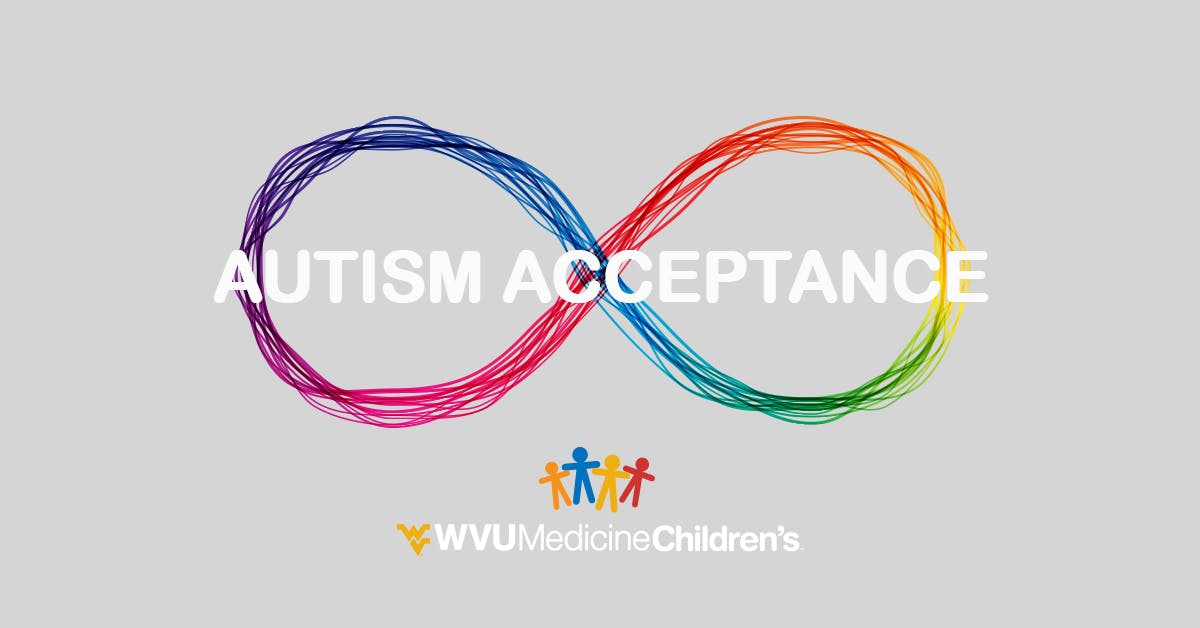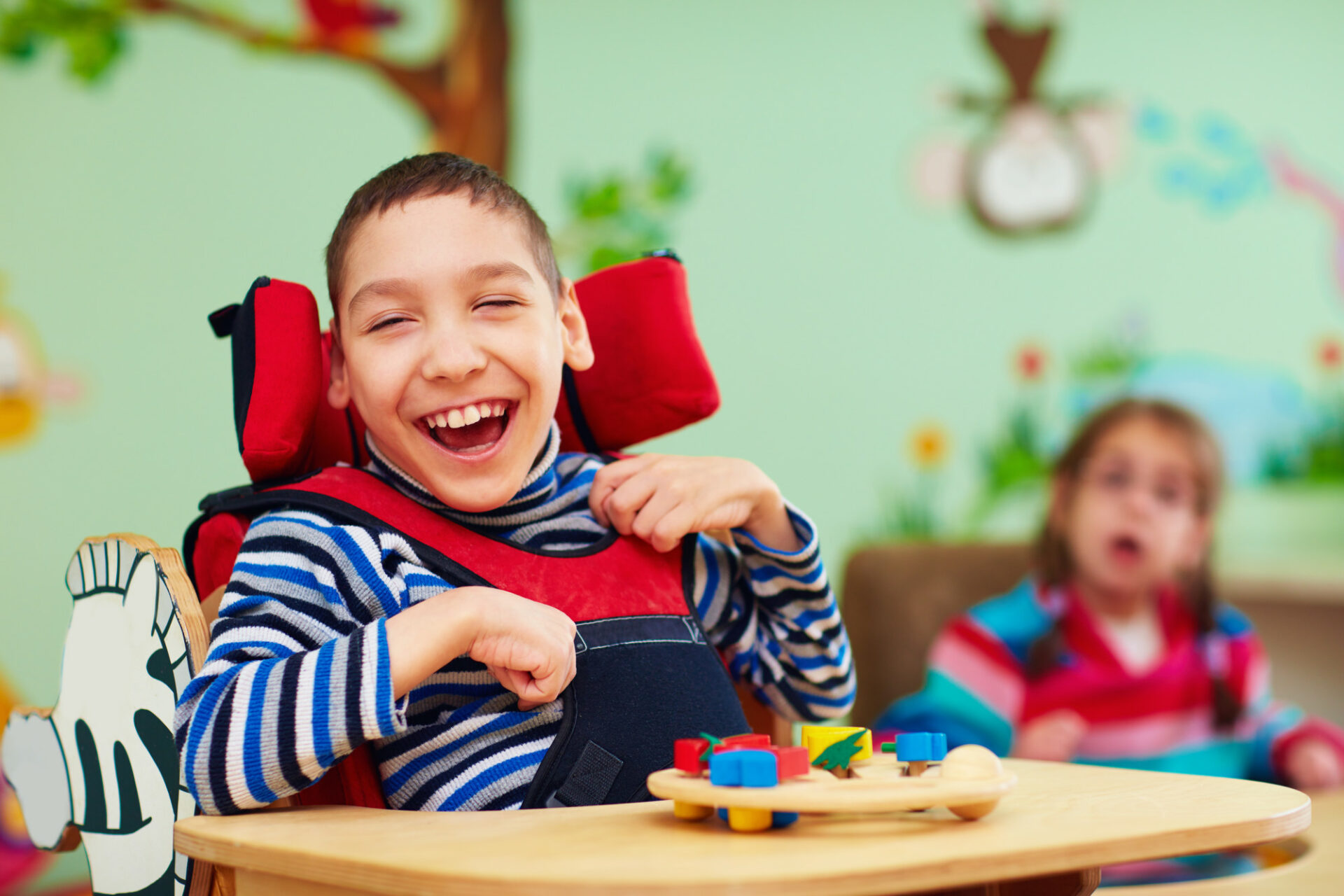Checking Out Autism: Methods for Reliable Interaction and Communication
Reliable communication and interaction with individuals on the autism range necessitate a comprehensive understanding of their one-of-a-kind requirements and choices. The ins and outs of these techniques reveal more considerations that warrant exploration, specifically in exactly how they can be adjusted to private experiences and varied contexts.
Comprehending Autism Range Disorder
Autism Range Disorder (ASD) incorporates a variety of neurodevelopmental problems characterized by difficulties in social communication, communication, and repeated behaviors. The term "range" shows the diverse symptoms and varying levels of intensity experienced by individuals with ASD. While some might exhibit substantial impairments, others might present high-functioning attributes, enabling greater self-reliance in every day life.
The onset of ASD normally takes place in very early youth, with indicators often identifiable by age 2. Very early indicators may consist of delayed speech advancement, restricted eye call, and troubles in understanding social hints. Although the accurate etiology of ASD continues to be vague, research suggests a combination of genetic and environmental aspects plays a crucial function in its advancement.
As an outcome, interventions and assistance customized to private needs are essential for cultivating communication and social abilities. Acknowledging the complexity of ASD is essential for advertising understanding, approval, and efficient strategies that promote significant communications with people on the spectrum.

Value of Clear Communication
Effective communication is crucial for fostering understanding and connection, particularly for people with Autism Spectrum Condition (ASD) Clear interaction not only helps with social interactions yet additionally improves the individual's capability to reveal their thoughts, requirements, and feelings. For individuals with ASD, the subtleties of language can frequently be testing; consequently, utilizing straightforward and unambiguous language is vital.
Moreover, clear interaction helps in reducing disappointment and stress and anxiety that might emerge from misunderstandings. When messages are conveyed in a direct and consistent fashion, people with ASD are better outfitted to analyze details precisely, which can dramatically enhance their social engagement and involvement in different settings.
Establishing routines and using aesthetic supports can better boost clear communication. These approaches give individuals with foreseeable frameworks that help comprehension and retention of info. In addition, proactively listening and being patient throughout communications promotes an encouraging atmosphere where individuals with ASD really feel valued and understood.
Eventually, focusing on clear interaction not only equips people with ASD however likewise fosters more significant connections with their peers, caregivers, and the wider community, leading the way for inclusive communications and collaborative connections. - autism
Non-Verbal Communication Strategies
Interaction expands past words, and for people with Autism Spectrum Disorder (ASD), non-verbal cues play a substantial role in interactions. Non-verbal interaction strategies can include face expressions, motions, body movement, and eye get in touch with, all of which act as important elements for sharing intentions and emotions.
Recognizing and interpreting these non-verbal signals can enhance interactions with individuals This Site with ASD. For example, a cozy smile or open stance can create an inviting ambience, urging involvement. Using aesthetic help-- such as photo cards or symbols-- can link interaction voids and aid share messages much more efficiently.
It is also vital to be conscious of personal room, as individuals with ASD might have various comfort degrees pertaining to distance. Observing their reactions to physical distance can inform appropriate changes.

Developing Supportive Environments
Developing an encouraging atmosphere is vital for promoting positive communications and his response boosting the wellness of people with Autism Range Disorder (ASD) Such settings can dramatically minimize anxiety and develop a sense of safety, permitting individuals to share themselves a lot more freely.
To attain this, it is vital to consider sensory level of sensitivities that individuals with ASD might experience. Modifying the physical room to include soft lights, very little background noise, and comfy seating can develop a calming ambience. Additionally, making use of consistent regimens and clear aesthetic schedules can aid individuals expect changes and decrease unpredictability, further advertising comfort.
Social areas must be structured to decrease frustrating stimulations while giving chances for engagement in recommended tasks. Helping with locations marked for quiet time can likewise work as a look at this website refuge during minutes of stress. Significantly, including elements of option equips people, permitting them to work out agency in their atmosphere.

Urging Social Interactions
Cultivating social interactions amongst individuals with Autism Spectrum Problem (ASD) requires willful techniques that focus on comfort and involvement. Establishing predictable regimens can help in reducing stress and anxiety, making social setups much more friendly. Creating organized settings with defined roles and obligations permits people to engage without the overwhelming stress of unstructured social characteristics.
Including interests and toughness right into social activities can act as a stimulant for communication. For instance, arranging team activities around shared hobbies or subjects of attraction can facilitate natural discussions and connections. In addition, utilizing visual assistances, such as social manuscripts or photographic timetables, can help in understanding social hints and assumptions.
Designing ideal social actions is important - autism. Grownups and peers must show efficient interaction strategies, consisting of energetic listening and turn-taking. Role-playing circumstances can additionally give a safe room for people to exercise these skills
Last but not least, cultivating peer partnerships via comprehensive techniques is essential. Encouraging inclusive playdates or team trips can develop chances for socializing in a comfortable setting. By executing these teachers, techniques and caregivers can substantially improve social interactions for people with ASD, advertising their overall social development and health.
Verdict
Finally, effective interaction and interaction approaches are vital for supporting people with Autism Spectrum Disorder. Stressing clear language, integrating non-verbal signs, and establishing foreseeable routines substantially enhance interaction and reduce anxiety. Developing supportive settings fosters risk-free social communications, while encouraging shared rate of interests facilitates significant links. Inevitably, these techniques encourage individuals with autism to navigate social landscapes, advertising their total well-being and allowing the growth of lasting connections.
Effective communication and interaction with individuals on the autism range necessitate an extensive understanding of their special demands and choices. Clear interaction not just facilitates social interactions however likewise improves the individual's capability to share their demands, ideas, and feelings.Cultivating social communications amongst people with Autism Range Condition (ASD) needs intentional techniques that prioritize comfort and involvement. By applying these teachers, caregivers and strategies can significantly boost social communications for individuals with ASD, advertising their total social advancement and well-being.
In verdict, efficient communication and interaction approaches are necessary for supporting people with Autism Spectrum Disorder.